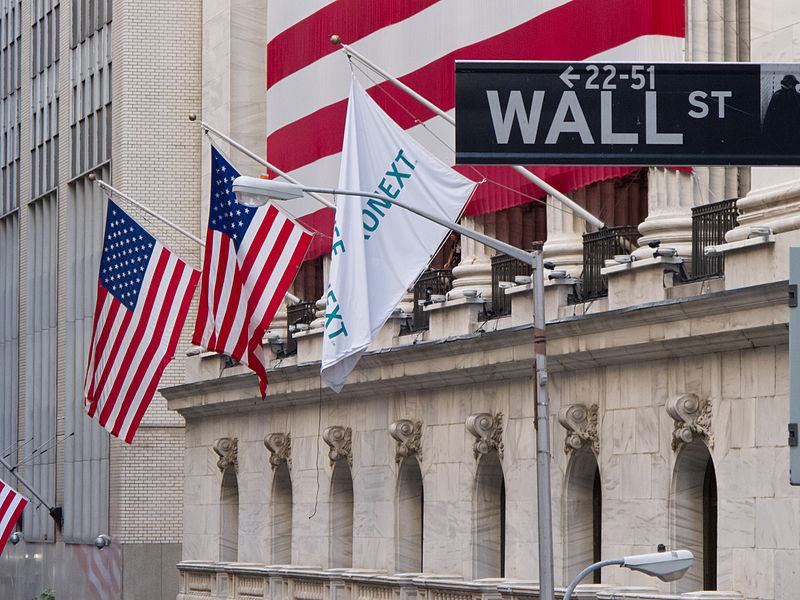Popular Posts
An extraordinary number of retirement investors find themselves asking “What is an ETF?” Extraordinary because many of them are investors in these funds, whether they realize it or not.
An ETF is an “exchange-traded fund.” These types of investments have been around since 1993, but they started being used significantly about a decade later. Currently, the net assets held by ETFs amount to $1.34 trillion; that compares to $14.72 trillion in total assets held through investment companies, most of it in mutual funds.

To draw the distinction, let’s consider mutual funds, index funds and ETFs separately.
1. What is a mutual fund
Once upon a time, only sophisticated investors had enough capital to justify hiring professional help. Now, a much larger number of investors of much more modest incomes seek a return.
Mutual funds rely on a professional adviser to actively manage investments on behalf of others, at a fee. The hope is that active management can take advantages of trends in the market or informational discrepancies to “beat” the overall market return.
2. What is an index fund
In 1976 the first index fund was launched by the investment firm Vanguard Group. It was known as “Bogle’s Folly,” for John C. Bogle, the founder of Vanguard. He believed that it was far more important to stay invested than to trade in and out. So, Bogle created a fund that tracked the S&P 500. It was the Vanguard 500 (VFINX). It promised to keep up with the broad index of stocks at a rock-bottom cost, and it still does.
It was considered folly because Wall Street at the time (and even today) was invested in the idea of beating the market. Yet Bogle knew that most active managers can’t do it, and even less so after subtracting their fees. Today there are hundreds of index funds, each tracking their own benchmark and typically at tiny fraction of active management fees.
3. What is an ETF?
You can think of an ETF as a form of index fund, in the sense that is has the same goal: To provide investors with a benchmark return at minimal cost. There is one important difference, however. Index funds are costly to trade, while ETFs often trade commission-free.
Not all ETFs are designed to mimic index funds, so be careful. Some have become little more than trading tools. If you want to have the flexibility of an ETF’s low trading cost and performance similar to an index fund, it’s best to use only the largest, most widely traded ETFs on the market, the ones designed to match well-known benchmarks and which have track records demonstrating their accuracy.